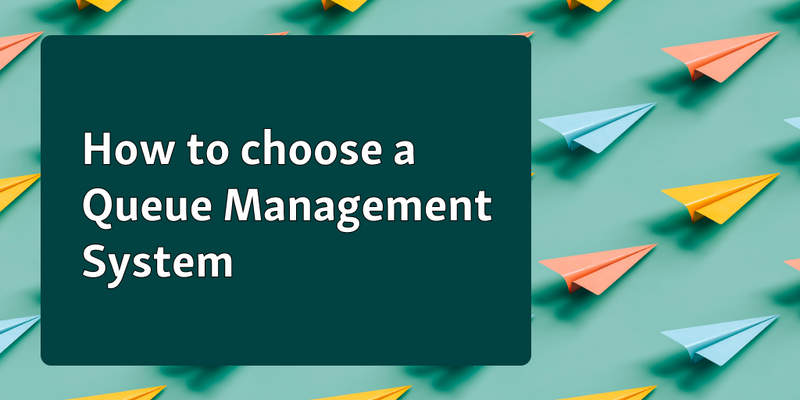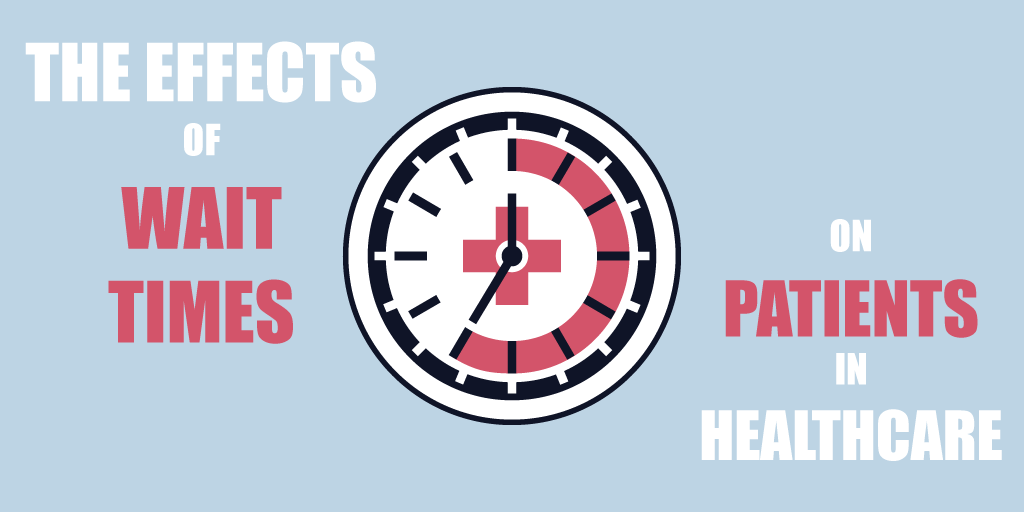Long waits don’t just waste time, they cost you. When people leave out of frustration or miss their turn, it slows everything down.
A good queue management system helps fix that by organizing your service flow and making visits smoother for everyone.
But picking the right one isn’t just about checking off features. It’s about finding something that fits how your team works and what your visitors need.
In this blog, we’ll break down what to look for in a queue management application so you can choose a system that actually works.
14 Essential Factors to Consider When Choosing the Best Queue Management System
The right system should make life easier, not more complicated. Below are 14 key factors to help you choose a queue management application that actually improves how people move through your space.
1. Customer Service Flow Optimization
A good queue system does more than just manage lines. It helps people move through your space without getting confused or stuck.
What to focus on:
Simple check-in, right at the entrance
Clear steps so people know what to do next
Live updates to reduce uncertainty while waiting
Example:
Let’s say someone walks into a service center. They check in at a kiosk and see their spot in line on a nearby waiting room screen. No need to ask where to go or how long it’ll take. The system guides them from start to finish.

This kind of setup doesn’t just reduce wait times. It makes the entire customer experience flow better from the moment someone walks in.
2. Remote Sign-In Capabilities
People shouldn’t have to show up just to wait. A smart queue management application lets them join the line before they even step inside.
Why this matters:
Cuts down on crowding at the entrance
Gives visitors more control over their time
Helps staff prepare for who’s coming in and when
How it works:
Visitors scan a QR code outside or click a link on your website to check in. They can see the current wait time, pick their service, and hold their place in line from their phone.
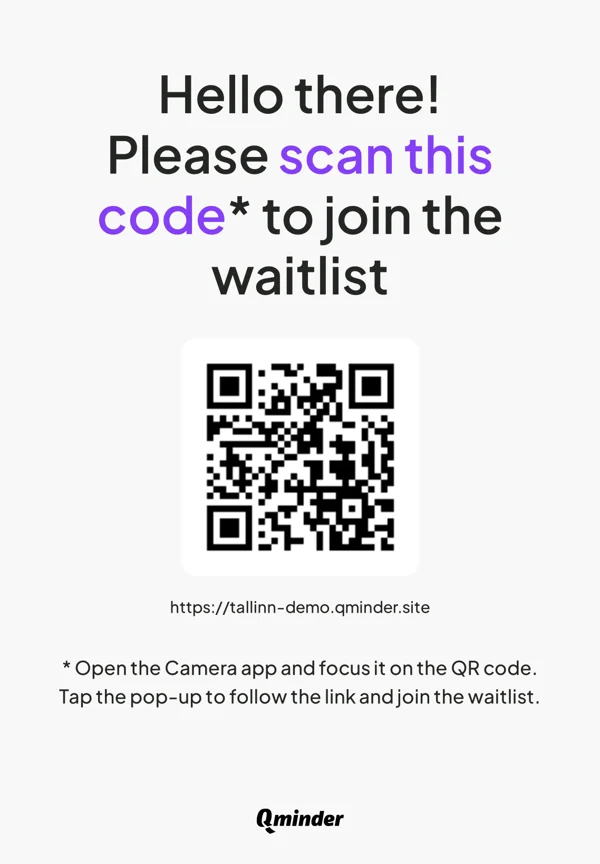
This makes the whole sign-in process feel easier, for both sides.
3. Ease of Use
If the system is hard to use, people won’t use it, simple as that. That goes for both staff and visitors.
Why web-based systems work better:
No need to download or install anything
Accessible from any device with internet
Easier for IT teams to manage and update
What to look for:
Clean design, clear instructions, and fast load times. Staff should be able to manage the queue without needing hours of training. Visitors should know what to do within seconds of seeing the screen.
Good design keeps the line moving without confusion or extra steps.
4. Scalability for Growing Operations
Your queue system needs to work today, and tomorrow when things get busier or more complex.
Why scalability matters:
You may open new locations or service points
Visitor traffic could double during certain seasons
Teams grow, and so do your needs
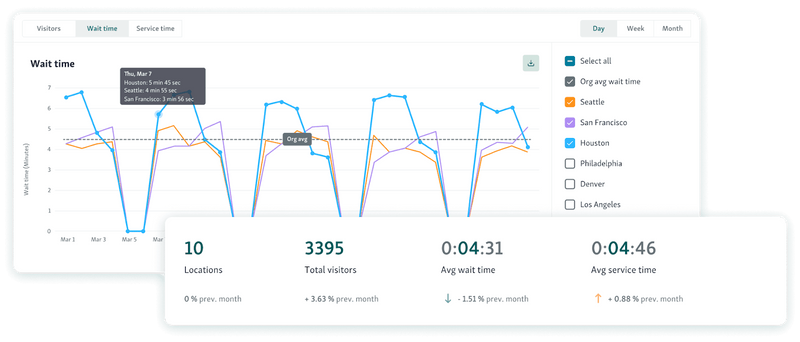
What to check:
Can the system handle more users, staff, and queues without slowing down? Does it offer centralized management across sites? Look for a queue management application that grows with you, not one you’ll outgrow.
5. Centralized Management Dashboard
Managing multiple locations shouldn’t mean juggling tabs and logins. A centralized service dashboard pulls everything into one place, so your team can stay on top of things without getting lost in the details.

Look for tools that offer:
A clean view of all activity across locations
Easy controls to adjust queues or staff assignments
Role-based access, so people see only what they need
This setup keeps things simple. It also helps teams spot issues early and act fast, instead of chasing updates from different systems.
6. Customer Support Availability
Even the best systems hit a snag sometimes. When that happens, you need help—fast. If your queue system stalls, your whole front line feels it.
Here’s what to check for:
24/7 support with real humans
Fast response times, not just ticket numbers
Clear documentation for quick fixes
Good support keeps small problems from turning into service outages. It also gives your staff the confidence to rely on the system, knowing backup is just a message away.
7. Onboarding and Training Resources
A queue system only works if your team knows how to use it. That’s why onboarding matters just as much as the features.
Look for systems that offer:
Step-by-step onboarding help
Training materials your team can revisit anytime
Live sessions or support during rollout
When staff feel confident using the system, adoption is smoother. Fewer mistakes, fewer delays, and a better experience for everyone walking through the door.
8. Automated Notifications and Messaging
Keeping people informed while they wait makes the experience feel smoother and less frustrating. A good queue management application should support multiple ways to communicate.
Helpful features to look for:
SMS alerts with live updates
Two-way messaging so visitors can respond or reschedule
Prompts on waiting room screens for visual updates
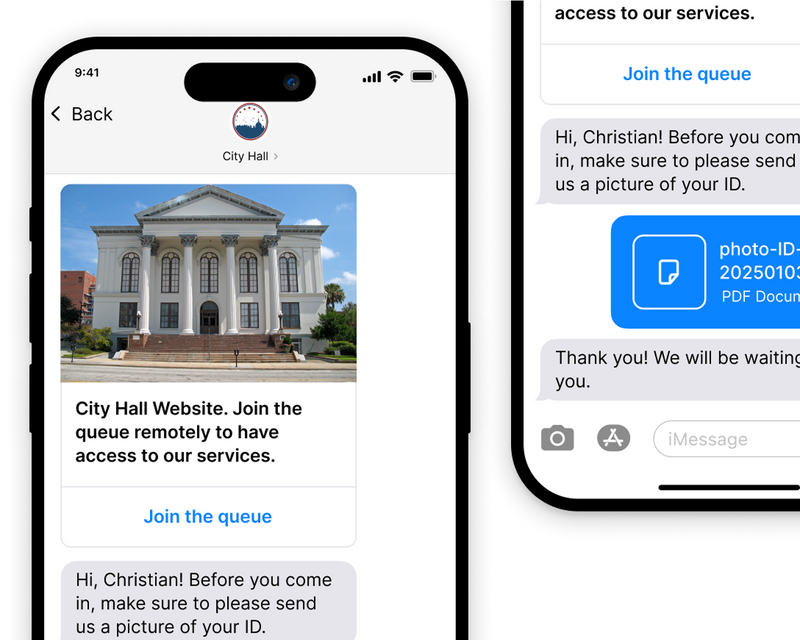
These small touches help reduce walkouts, ease anxiety, and keep things moving without confusion.
Further read - How to Improve Customer Communication With SMS Text Messaging
9. Reporting and Analytics Tools
A strong queue management system should give you clear data on how well things are working. Numbers help you see what’s improving and what still needs fixing.
Key features to check for:
Built-in reports for wait times, no-shows, and service volume
Custom dashboards to track KPIs across locations
Trend insights to guide staffing, scheduling, and process changes

This kind of service intelligence makes it easier to spot bottlenecks early and make better, faster decisions.
Read also: How Service Intelligence Helps You Run a Smarter Business
10. Third-Party Integrations
Your queue system shouldn’t work in a silo. It should integrate with the tools your team already uses—like your CRM, scheduling app, or SMS platform.
This saves time and avoids messy handovers. You don’t need to copy data between systems or worry about missing information.
Look for tools that integrate with:
Customer databases and case files
Calendar or appointment software
Communication tools for updates and reminders
When everything works together, your team can stay focused on helping people—not chasing down details.
11. Real-Time Monitoring
A good queue management system lets you see what’s happening right now, not just after the fact. Live dashboards show who’s waiting, how long they've been there, and which staff are available.
This helps teams act quickly when lines start building up or someone misses their turn.
What to look for:
Live queue status from any location
Real-time staff activity and availability
Tools to quickly reassign or balance the load
When you can spot issues early, it’s easier to keep service moving and reduce long waits before they start.
12. Flexibility and Customization Options
No two public service locations run the same way. That’s why your queue management system should be easy to adjust based on your setup and the people you serve.
From branded screens to language options, flexibility matters.
What to look for:
Custom branding on kiosks, screens, and messages
Multilingual support for diverse communities
Configurable workflows that match your services
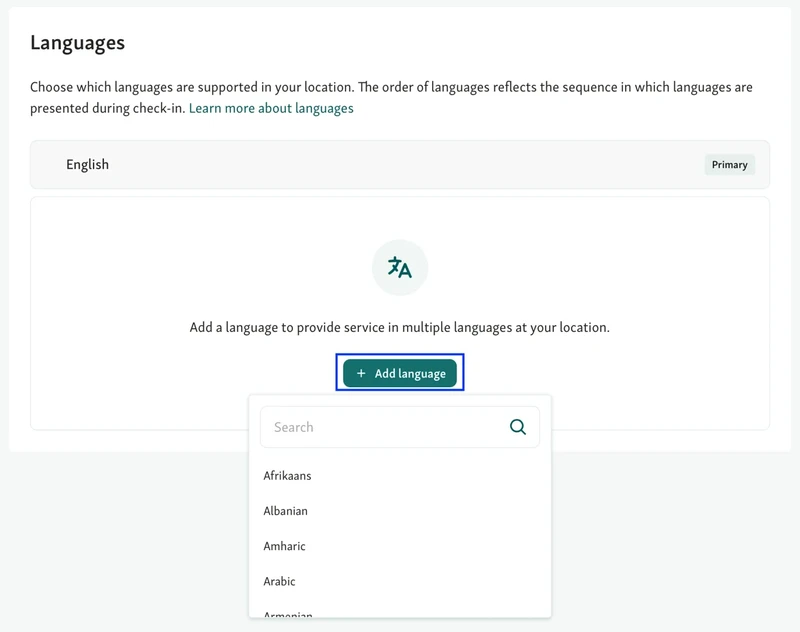
The right setup should work around your needs—not the other way around.
13. Data Privacy and Security
When your queue system collects names, phone numbers, or reasons for visit, privacy can’t be an afterthought. It needs to be built in from the start.
If you're in healthcare, government, or finance, this becomes even more critical. You're handling sensitive data that people trust you with.
Here’s what to look for:
Strong encryption for data in transit and at rest
Role-based access so only the right staff see the right info
Built-in compliance with standards like HIPAA, GDPR, or SOC 2
Good systems don’t just move people through the line. They protect the information they bring with them.
14. Transparent Pricing Model
A good queue management application should be easy to budget for. You don’t want surprises later on.
Look for:
Clear monthly or yearly subscription tiers
Breakdown of what's included in each plan
Hardware needs like kiosks or tablets, if any
Support, training, and update costs
Also check how the pricing scales if you add more locations or users. Some systems charge extra for basic features. Others bundle everything, so you know what you’re paying for. Make sure it fits your long-term plan, not just your short-term need.
Also read - 7 Insanely Powerful Strategies to Manage Customer Wait Times
Top 3 Queue Management Systems
Here are three queue management systems that stand out for improving customer experience flow. Each one brings something unique to the table.
1. Qminder
Qminder is a queue management application that replaces paper tickets and crowded lobbies with something much simpler. Visitors check in on their own using a kiosk, phone, or QR code. Staff can send real-time updates, move people between queues, and track everything from one place. It’s designed to help teams work faster without losing the personal touch.
Key Features
Check-ins through kiosk, mobile, or visitor website
Text and email alerts to cut down no-shows
Real-time queue tracking and visitor insights
Custom workflows for different service needs
One dashboard to manage all locations
Pros
Easy to set up and use daily
Helps lower pressure at the front desk
Fits well in busy service environments
Works with both in-person and remote check-ins
Cons
May feel like too much for small operations
Some setup steps take time to get right
G2 Rating: 4.6/5
2. Skiplino
Skiplino is a queue management tool that works well in high-traffic settings. It lets people join a line from their phone or desktop, so they don’t have to wait in person. Once checked in, they get real-time updates by SMS or app. The system is built to keep service moving and help staff stay on top of the flow.

Key Features
Remote check-in through mobile or web
Real-time updates through SMS or app alerts
Handles multiple service lines at once
Connects with CRMs and other platforms
Built-in performance tracking for staff and services
Pros
Easy for visitors to use on their own devices
Helps reduce wait times and crowding
Cons
Needs strong internet to stay reliable
Can be pricey for small teams or single-site setups
G2 Rating: 4.0/5
3. WaitWell
WaitWell makes it easy for people to check in from their phone and wait wherever they feel most comfortable. It keeps them in the loop with live updates and helps staff stay on top of what’s happening. If your team deals with both walk-ins and appointments, this setup keeps things moving.

Key Features
Mobile check-ins with real-time queue tracking
Appointment booking and virtual queue support
SMS and email updates for visitors
Analytics dashboard to monitor performance
Works with CRM and scheduling tools
Pros
Simple for visitors to use and understand
Gives staff better insight into flow and service times
Cons
Sometimes the audio cues don’t work as expected
Limited options for reordering the queue manually
G2 Rating: 4.8/5
You might also like - Best Queue Management Systems in 2025
Invest in the Right Queue Management Application
Long lines and unclear service processes can turn a simple visit into a frustrating experience. A smart queue management application helps fix that by organizing foot traffic, reducing wait times, and keeping everyone informed.
But not all systems work the same way. The right one should match your goals, support your staff, and make things easier for the people you serve.
Qminder does all of that with tools like self check-in, remote sign-in, and real-time updates. It’s built to improve service without adding complexity.
Try Qminder to simplify your queue experience and serve people better.
A queue management system will remove many of the manual activities like announcing names and accounting for the next customers, so employees will have more bandwidth to focus their time on helping people rather than managing lines.
Yes. Most queue management systems can accommodate both types of services. For example, a walk-in customer can conduct a self check-in from the kiosk or from their mobile device, whereas appointments fill in automatically.
Higher foot traffic companies like hospitals, DMVs, banks, universities, etc. will take the most advantage. Queue management systems are beneficial in any company that has wait times that negatively impact customer satisfaction.

